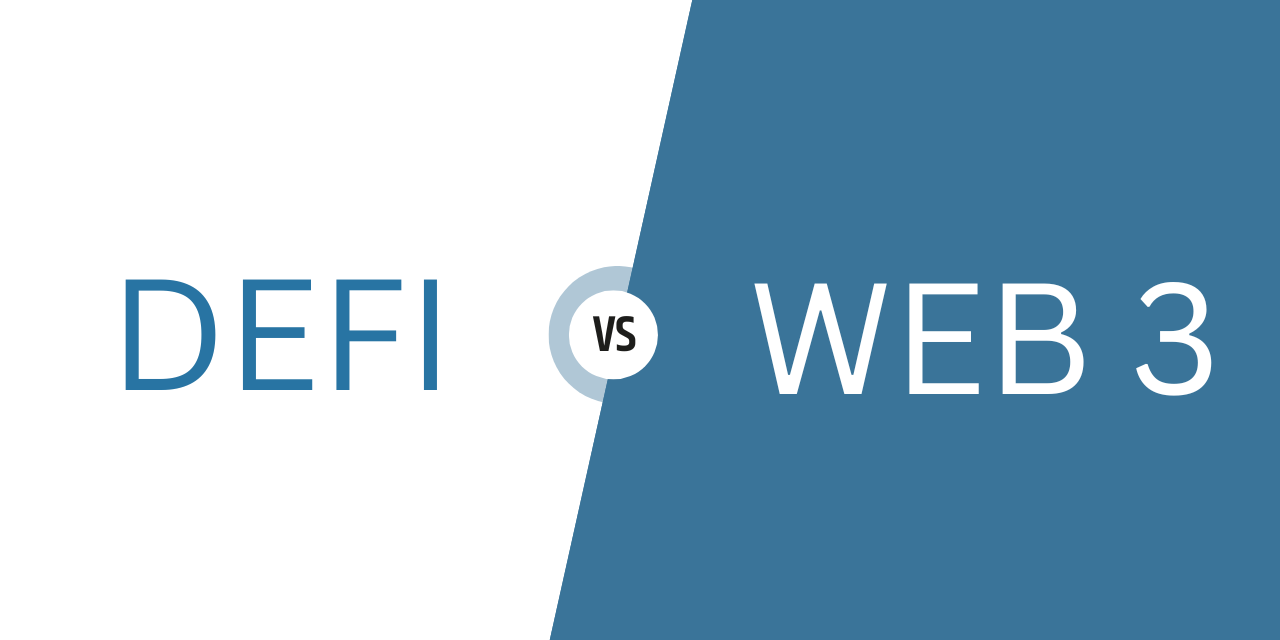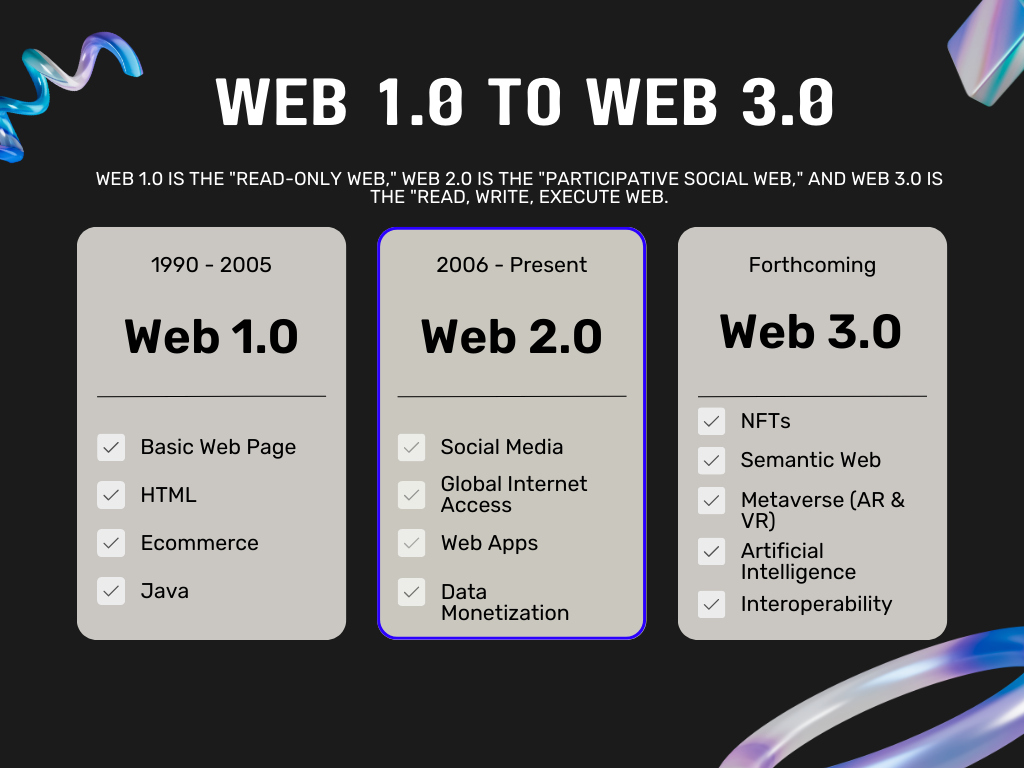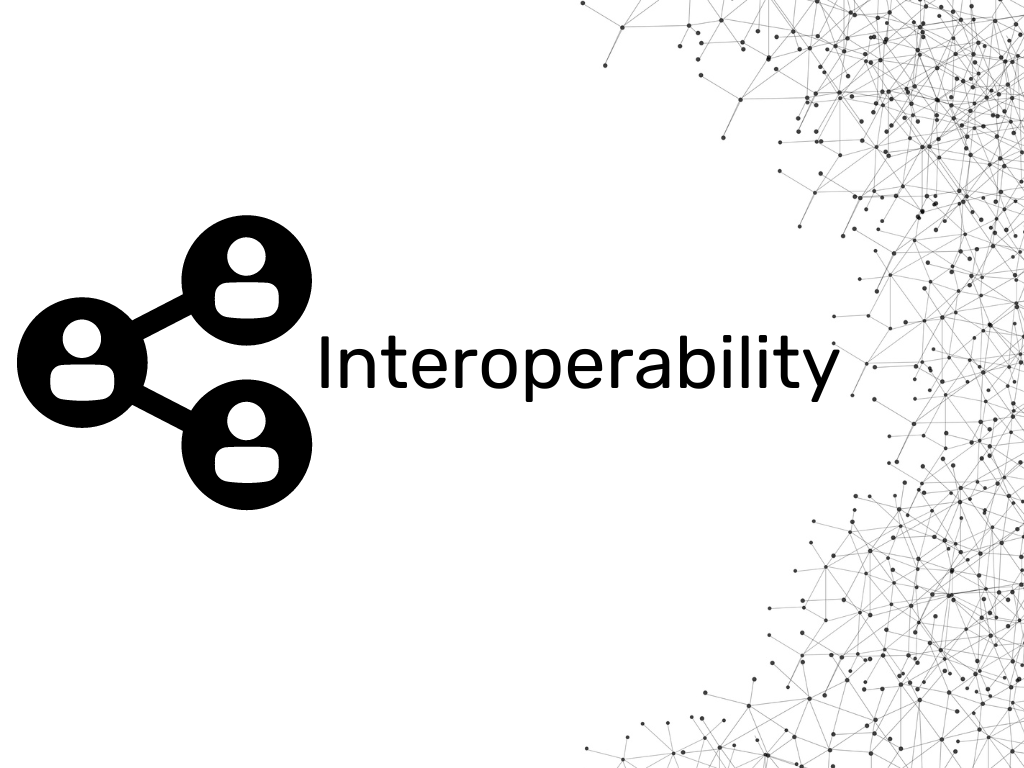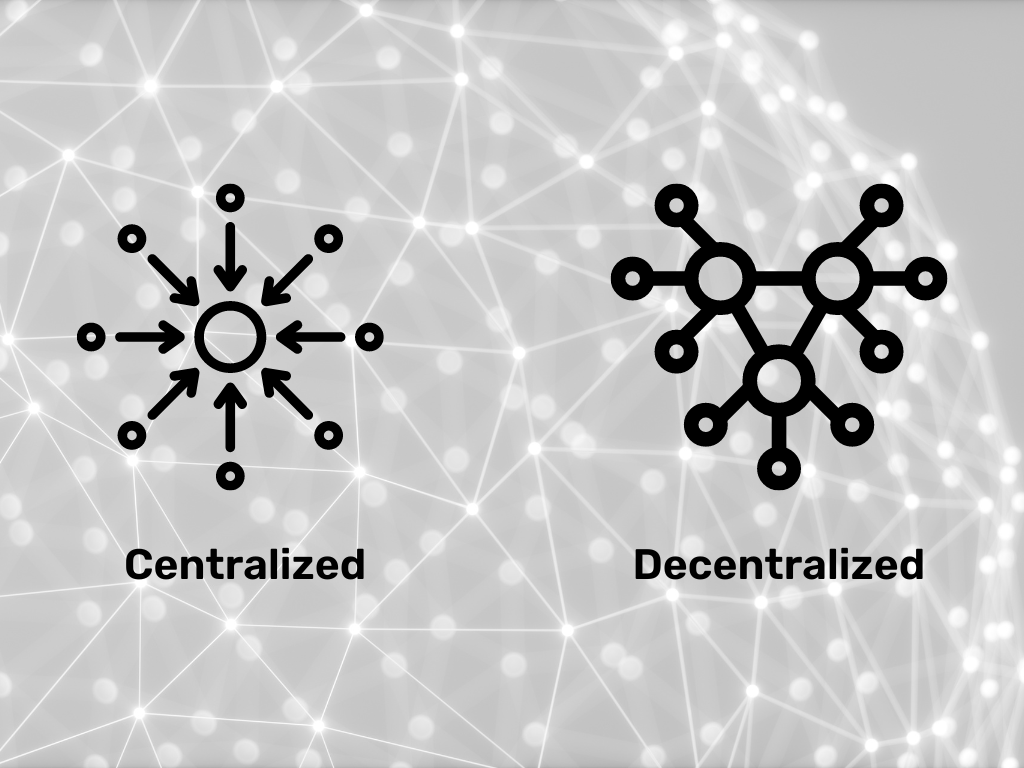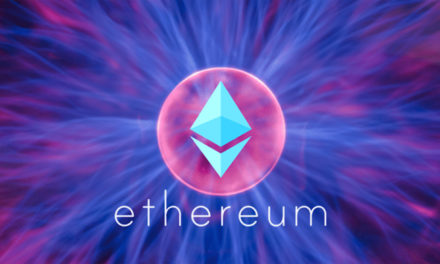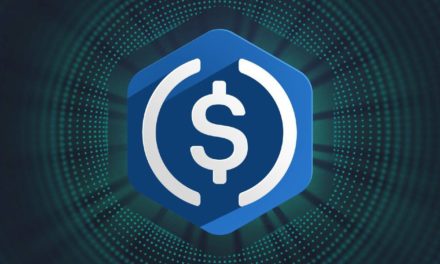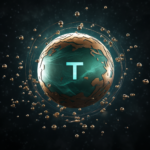DeFi or decentralized finance and Web 3.0 are two sides of the same coin. You can hardly talk about one without talking about the other. However, it’s safe to say that Web 3.0 will leverage DeFi to operate optimally. In this article, we’ll look at what these two concepts stand for, why one is rarely talked about without the other, and particularly, the factors that differentiate them.
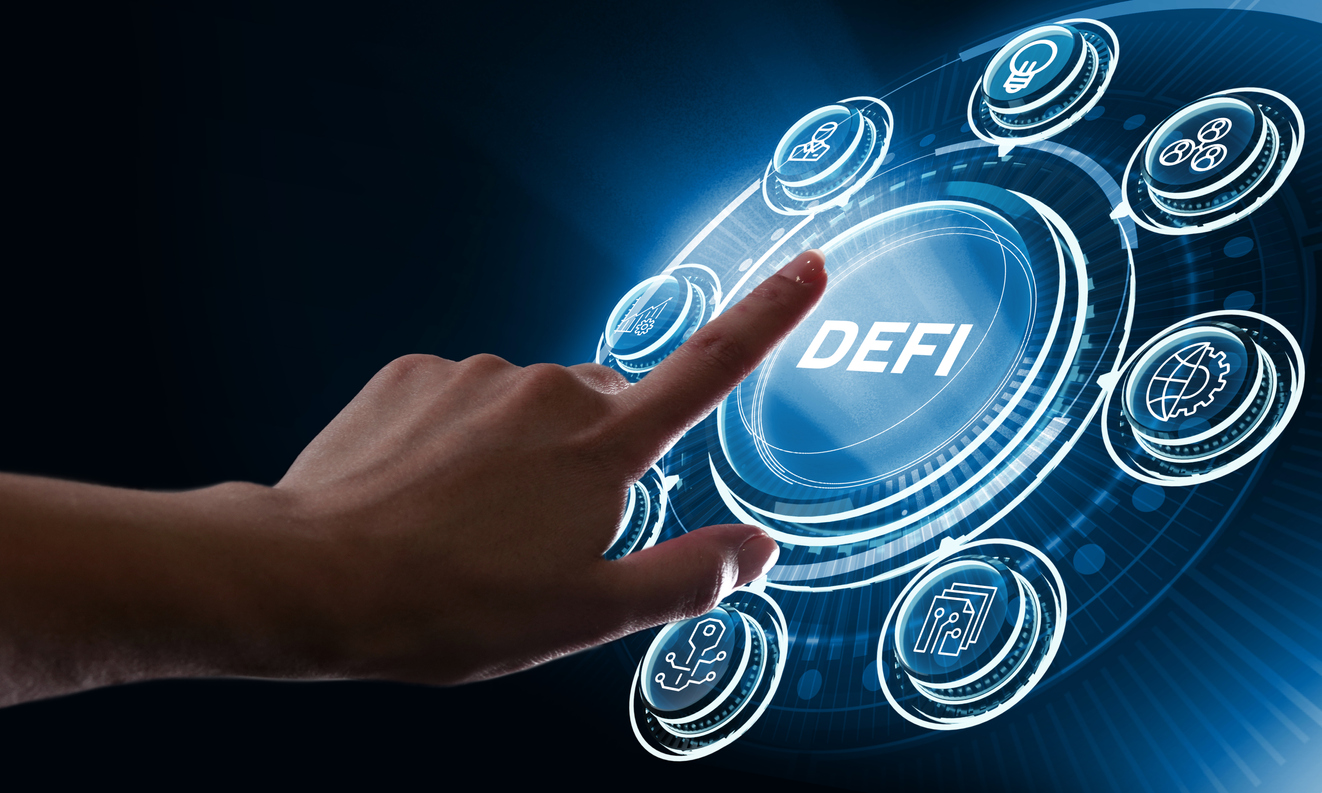
DeFi -Decentralized Finance
What is DeFi?
DeFi or decentralized finance is simply a financial system that thrives on the concept of decentralization. Think of decentralization as the elimination or more commonly, minimization of intermediation. The DeFi system allows for seamless, permissionless and trustless transactions without the presence of a central body or authority (intermediary) which in this context are financial institutions like banks, centralized exchanges, and brokages. Think about everything you do around finances.
Decentralized finance is an aspect of financial technology that is actualized by the adoption of smart contracts built on blockchains, such as Ethereum, Bitcoin. A smart contract is a self-executing digital program stored on a blockchain that automates the actions required in an agreement or contract. Once completed, the transactions are trackable and irreversible. Essentially, it’s smart contracts that take the place of intermediaries in a DeFi system.
Applications built on the concept of DeFi are called dApps or decentralized apps. Expectedly, unlike traditional applications, dApps do not rely on centralized servers or service providers. They instead use a decentralized infrastructure to operate.
dApps are mostly designed to provide some form of decentralized services usually connected to digital assets. Many dApps also have their own native cryptocurrency or token, which is used to pay for the services or functions provided by the application. These outstanding features of DeFi are what will power the next generation of the internet— Web 3.0. That leads us to the question: What’s Web 3.0
From Web 1.0 to Web 3.0
The internet has come a long way. It has evolved so much so that today, its functionalities are almost limitless. The first version of the internet to go mainstream was Web 1.0 or the Static Web. It became a thing in the early 1990s and lasted till the mid-2000s.
It was the first generation of the World Wide Web and was characterized by static HTML pages that provided limited interactivity. It was characterized by a one-way flow of information, where content creators controlled the narrative, and users were passive consumers. Yahoo, America Online (AOL), Amazon, eBay, and Geocities are prime examples of Web 1.0 platforms.
In the early 2000s, the growth of the internet went a notch further as we entered the era of Web 2.0 — the Social Web. It is characterized by a shift in focus from static web pages to interactive and dynamic web applications that allow users to collaborate and share information online.
Through the advent of Web 2.0, netizens could create, share, and edit content, including text, images, videos, and audios on platforms like Wikipedia and YouTube. It wasn’t like the era of the static web where all users could do was consume. Web 2.0 was what brought social networking which gave users the ability to network and connect with family and friends virtually. Facebook, as well as Twitter and LinkedIn, was a major game changer in this era.
World Wide Web development didn’t reach its pinnacle with Web 2.0. This is simply because Web 3.0 is here. Web 3.0 or Web 3.0 is the next evolution of the World Wide Web. Web 3.0 is an extension of Web 2.0 that thrives on the decentralization of the existing features of Web 2.0. It’s the version of the internet that gives people control over their stuff.
Whether concepts like artificial intelligence and Internet of Things (IoT) being part of Web 3.0 is open to debate, but a feature of this next-generation version of the internet is decentralization. One could call it the core of Web 3.0. Web 3.0 democratizes the internet by giving users more control over their data and online interactions.
Web 3.0 leverages decentralized technologies, such as blockchain and peer-to-peer networks, to create a more open and transparent internet. This would allow for more secure and private online interactions, as users would be able to control their own data and identity without relying on centralized entities like social media platforms or tech companies. Less censorship and more ownership are what define Web 3.0.
The Nexus
You’ve probably worked out the nexus between Web 3.0 and DeFi already. Let me (in)validate it for you. You’ll agree with me that it’s only reasonable that a version of the internet that revolves around decentralization adopts a financial system built around the same concept.
A popular Web 3.0 platform is Ethereum. It’s a blockchain platform that enables the development of decentralized applications (dApps) and smart contracts. It is one of the most popular Web 3.0 platforms and is used for a variety of applications, including DeFi, gaming, and identity management.
On the Ethereum blockchain, developers create all sorts of applications and protocols that function seamlessly without centralized bodies. These applications usually have their native tokens which are essentially digital assets usually managed and traded with very low fees in a peer-to-peer system. The possibilities of Web 3.0 and DeFi are infinite. They’re now employed in gaming, lending, social media, asset management, etc.
Comparisons Between Their Properties
At this point, you must have realized that DeFi and Web 3.0 are two separate but very related concepts. The former is directly built on top of existing smart contract blockchains like Ethereum, while Web 3.0 is built directly on the internet. Therefore, we’ll be looking at a number of attributes shared by DeFi and Web 3.0 and see how they slightly differ from each other.
Interoperability
Interoperability in Web 3.0/DeFi parlance refers to the ability of different protocols, platforms, and applications in the ecosystem to communicate and work together seamlessly. In the case of DeFi, this means allowing different decentralized applications (dApps) to seamlessly interoperate with one another. For instance, a lending platform being able to use price data from an oracle. Web 3.0, on the other hand, refers to the evolution of the internet into a decentralized and interconnected network of protocols, where different applications that are not necessarily based on finance can communicate and interact with each other without intermediaries.
Decentralization
Both DeFi and Web 3.0 prioritize decentralization. For DeFi, decentralization means replacing traditional financial institutions like banks and exchanges with decentralized protocols that run on blockchain networks, which translates to more open and transparent financial systems. In the case of Web 3.0, this means enabling decentralized applications that can run on peer-to-peer networks and use cryptography to ensure security and privacy.
Permissionlessness
Another key property shared by DeFi and Web 3.0 is permissionlessness. It’s the property of both DeFi and Web 3.0 that enables users to participate in these systems without needing permission from a centralized authority. In DeFi, this means anyone can use and interact with decentralized protocols, without needing to go through a bank or other financial intermediary. In Web 3.0, it means anyone can create and deploy decentralized applications without needing permission from a centralized platform like Google or Facebook.
Custody
In the context of DeFi, custody refers to the control and management of assets within a decentralized protocol. Custody in DeFi is typically non-custodial, meaning that users retain control of their assets at all times, without needing to trust a centralized intermediary to hold their funds. We all saw how FTX, a defunct centralized exchange, sent thousands of people to bankruptcy. In Web 3.0, custody also refers to the control and management of data, with the goal of allowing users to own and control their data without needing to trust centralized platforms. Web 3.0 essentially says no to sales of user data.
Economic and Governance Systems
DeFi and Web 3.0 also share an interest in creating new economic and governance systems that are more decentralized and community-driven. In DeFi, this means creating decentralized governance systems that allow users to vote on important protocol changes using what is called governance tokens, as well as creating new financial models like automated market makers (AMMs) and liquidity pools. In Web 3.0, this means creating new models for decentralized governance and decision-making, as well as new economic models that prioritize user ownership and control on the internet.
Conclusion
The emergence of DeFi and Web 3.0 represent a paradigm shift in the way we approach financial systems and the internet. They are gifts of blockchain technology focused on creating a more open, transparent, and decentralized ecosystem. While DeFi primarily focuses on a new financial system that is more inclusive, efficient, and accessible, Web 3.0 is focused on creating a new internet that is more decentralized, secure, and private.
Both are built on the principles of decentralization, permissionlessness, and transparency, and have started to transform the way we live and work. By creating more open and interconnected systems that prioritize individual autonomy and community governance, we can build a more equitable and sustainable future for all. DeFi and Web 3.0 are here to stay and we should always root for them.
By Abdulfatai Morakinyo
Senior Editor, Senit University
